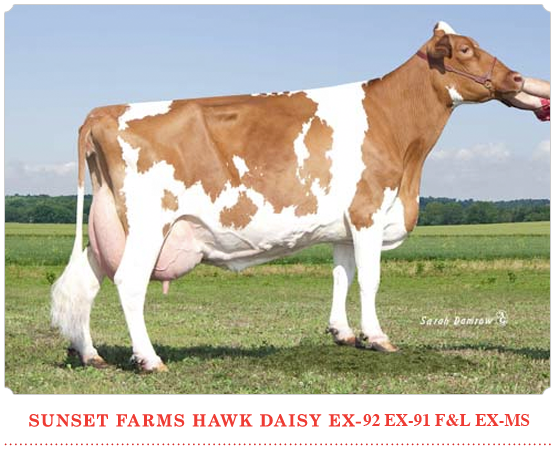Molds and mycotoxins may damage this year's corn crop

This is a guest blog by Mike Hutjens, Extension dairy specialist with the University of Illinois, Urbana.
Dairy managers and corn growers share the same concern: a wet and late spring delayed planting, a lack of heat (degree days) slowed growth, and a record wet October with cold weather has a huge corn crop at risk with mold development. Moldy corn reduces bushel weight, corn quality, nutrient content, and increases the risk of mycotoxin formation. Mycotoxins are toxic substances produced by fungi (molds) growing on grain or feed in the field or in storage. Mycotoxins associated with cool and wet conditions are deoxynivalenol (also called DON or vomitoxin), zearalenone, T-2 toxin, and fumonisin. Aflatoxin is another toxen, but it is associated with hot weather and/or drought stress conditions.
Signs of mycotoxin in dairy cattle include immune suppression (cattle do not respond to disease challenges), rumen disorders and reduced microbial digestion, loose fecal discharges, reduced dry matter intake, decline in fertility, and hormonal-like changes (udder development and fertility).
Mycotoxin risk levels for dairy cattle are listed below (expressed on a total ration dry matter basis). Dilution with clean feed can reduce mycotoxins, but contaminated feed can vary greatly in concentration (note some toxins are listed as parts per billion; others are parts per million):
DON (vomitoxin) < 5 to 6 parts per million
Fumonisin < 25 ppm million
T-2 toxin < 100 to 200 parts per billion
Zearfalenone < 300 parts per billion
Aflatoxin < 20 parts per billion
If you are concerned that mold risks could be a problem, the following guidelines may be helpful:
1. Testing for mycotoxins can provide an estimation of risk. Tests can be expensive and sampling and feed variation can reduce the usefulness of the results.
2. Adding a mycotoxin binder can reduce the impact of toxins be reducing their impact in the digestive tract and/or not absorbed (binders include yeast cell wall extracts or MOS products and clay binders).
3. Drying wet corn below 15 percent moisture stops further toxin development.
4. High-moisture corn could increase the risk of additional mold grow until the pH of the fermented corn drops.
5. Adding a grain inoculant to speed up fermentation and stabilize the wet corn is recommended.
6. Young animals and pregnant cattle are at higher risk, while steers can tolerate higher levels.
7. Removing fines, damaged seeds, and cracked corn kernels can reduce toxin risk.
8. If you purchase corn screenings, higher levels of mycotoxin risk can be present.
9. Distillers grains produced from ethanol production can concentrate the level of toxins in the original corn used; know your sources of distillers grains.
10. Corn silage made late in the season with mold damage could have toxins, but the low pH will stop additional toxin production.
11. Adding propionic acid at the time of ensiling can reduce mold development in wet corn.
Labels: Corn crop, corn silage, mycotoxins






